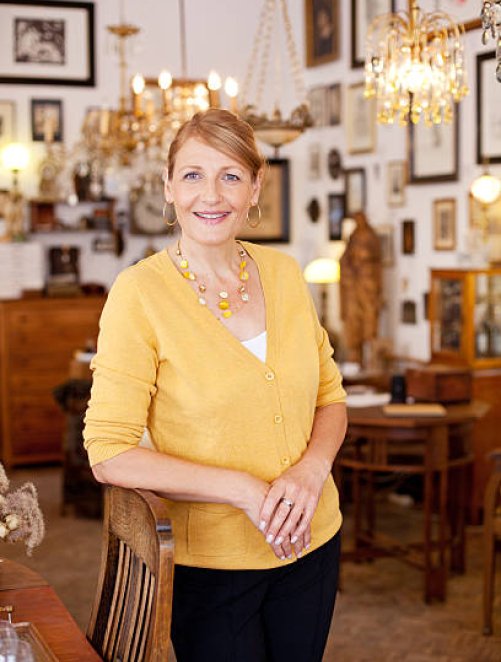










Japanese antique sword
This sword was purchased by my paternal grandmother when she traveled to Japan back in the early 1950's. It has been in our family since. It is made of ivory. The condition is good other than a crack where the blade and handle meet. Location of the item is Switzerland.
Total length: aprox 77cm long. Blade: aprox. 50cm long.
Inherited
Yes


Hello,
Your item is an antique Japanese sword—more specifically, an ivory-handled and scabbard-mounted short sword (likely a tanto or wakizashi) that reflects export craftsmanship from the early 20th century. These types of swords were produced during the Meiji (1868–1912) and Taishō (1912–1926) periods for Western collectors, especially as Japanese artisans turned to ivory and bone carving in response to demand from abroad. The surface is intricately carved with figures and scenes in high relief, showcasing the exceptional skill of Japanese ivory carvers. Despite its Japanese aesthetic, the sword is more decorative than functional, produced for export rather than combat.
Your description suggests the piece was brought to Europe in the early 1950s, a time when many such export swords were still in circulation. The crack between the blade and handle affects condition slightly, but overall the piece remains a compelling artifact of cross-cultural trade and artistic production.
Thanks for the follow-up, Mark—happy to clarify. Regarding the calligraphy on the scabbard: yes, those characters could indicate a maker’s name or poetic inscription, which was quite common on decorative swords made for export. However, without a clear signature or known workshop attribution, it’s difficult to pin down a specific maker, especially for early 20th-century pieces like this.
As for the valuation, it’s based on comparable examples sold at auction in recent years. While the craftsmanship is strong, the use of ivory limits both the market and the ability to move the item internationally, which naturally impacts its commercial value. Pieces like this are often bought privately rather than through major auction houses, precisely because of those trade restrictions.
Given that you’re in Switzerland, your best option would likely be a private sale through a regional dealer who specializes in Japanese arms or decorative antiques. Selling through an auction house is possible, but you’d need to confirm they can legally handle and export ivory items, which can be tricky across borders.
Thank you David!
Good to know. Much appreciated.
Best,
Mark










Hello,
Thank you for your appraisal. It is great to know more about this beautiful sword.
- Are there any makers mark on the sword or scabbard? On the 7th picture i sent, there are some calligraphy characters. Would those be the maker's mark?
-For the type of decorative swords, was it customary for the maker to put his mark on the sword?
- I am a little surprised by the range you evaluate the price at. I would have thought it would be worth somewhat more. Can you please explain?
- What would be the best way to sell it given that there are restrictions on moving ivory products from country to country? The sword is located in Switzerland. Would a private collector or an auction be the best ways to go about it?
I look forward to hearing your thoughts. Many thanks!
Best regards,
Mark